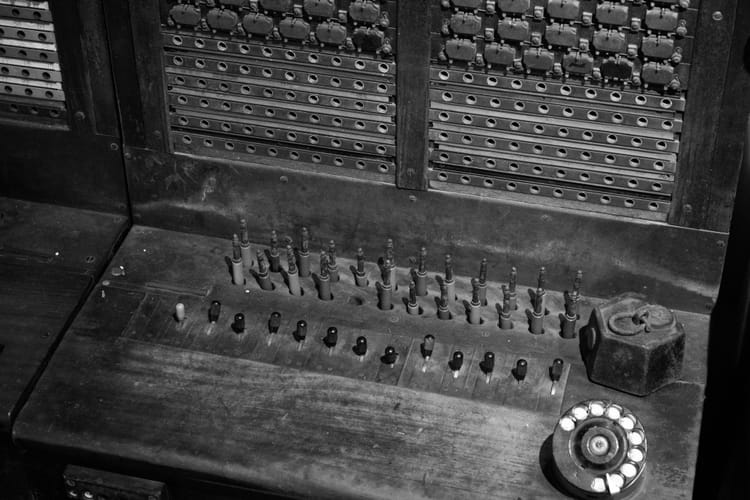Notion as a system for structure

Notion is often described as a productivity app, but in reality it works as a modular all-in-one workspace.
It combines notes, documents, tasks and databases in one tool – flexible enough to act as a lightweight CMS or project hub.
What Notion is
At its core, Notion is built around two main elements:
- Pages → for unstructured content like notes, meeting minutes or documents.
- Databases → for structured content like tasks, projects, or content pipelines.
Both can be linked together. This means you don’t need one tool for docs, another for tasks, and a third for project tracking. Notion merges these functions into a single connected system.
Key features of Notion
-
Databases with multiple views
- Table, board, calendar or gallery – switch depending on what you need.
-
Relations and rollups
- Link items across databases, e.g. tasks to projects, contacts to companies.
-
Blocks and templates
- Build custom layouts, from simple notes to detailed dashboards.
-
Collaboration
- Real-time editing, comments, sharing and permissions.
-
Integrations
- API support connects Notion with automation tools like n8n.
How Notion can be used
Notion is flexible enough to adapt to very different use cases:
- Knowledge base – create a central library of documents and guides.
- Project management – manage tasks, deadlines and responsibilities.
- Content hub – plan and draft articles, then connect to a publishing system.
- Personal productivity – track goals, notes and daily to-dos.
This flexibility is both a strength and a risk: Notion doesn’t enforce a single way of working. You have to design your own system.
Why it matters
Most small teams and freelancers face the same problem: too many tools, too much scattered information.
Notion addresses this by combining documents and databases in one place.
Instead of moving between Word, Trello, Google Sheets and task apps, everything can live inside Notion – structured, searchable and connected.
Conclusion
Notion is not just a note-taking app.
It is a flexible workspace that lets you combine documents, tasks and data in one system.
Its strength is in linking information and adapting to your way of working – making it useful for anyone who needs structure without heavy enterprise software.
FAQ: Notion basics
1. Is Notion free to use?
Yes. Notion offers a free plan with unlimited pages and blocks, plus up to 10 guests for collaboration. Paid plans add features like advanced permissions, admin tools and higher storage. Notion Pricing*
2. Does Notion work offline?
Partially. Notion caches recently opened pages, so they remain available offline. Full offline editing is limited, though improvements are on the roadmap.
Notion Help – Offline*
3. Can Notion replace project management tools?
Often yes. With databases, kanban boards, calendars and relations, Notion can cover project tracking, tasks and documentation in one workspace. However, for very large teams with complex needs, specialized PM tools may still be used.
PCMag Review*


